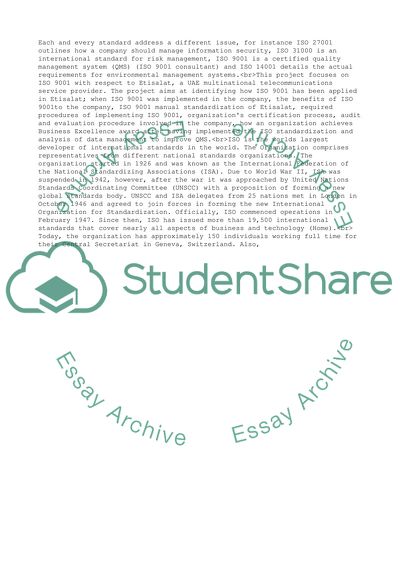Cite this document
(ISO Standards and Excellence - Project ( Etisalat Co ) in UAE Assignment, n.d.)
ISO Standards and Excellence - Project ( Etisalat Co ) in UAE Assignment. https://studentshare.org/management/1849157-iso-standards-and-excellence-project-etisalat-co-in-uae
ISO Standards and Excellence - Project ( Etisalat Co ) in UAE Assignment. https://studentshare.org/management/1849157-iso-standards-and-excellence-project-etisalat-co-in-uae
(ISO Standards and Excellence - Project ( Etisalat Co ) in UAE Assignment)
ISO Standards and Excellence - Project ( Etisalat Co ) in UAE Assignment. https://studentshare.org/management/1849157-iso-standards-and-excellence-project-etisalat-co-in-uae.
ISO Standards and Excellence - Project ( Etisalat Co ) in UAE Assignment. https://studentshare.org/management/1849157-iso-standards-and-excellence-project-etisalat-co-in-uae.
“ISO Standards and Excellence - Project ( Etisalat Co ) in UAE Assignment”. https://studentshare.org/management/1849157-iso-standards-and-excellence-project-etisalat-co-in-uae.


